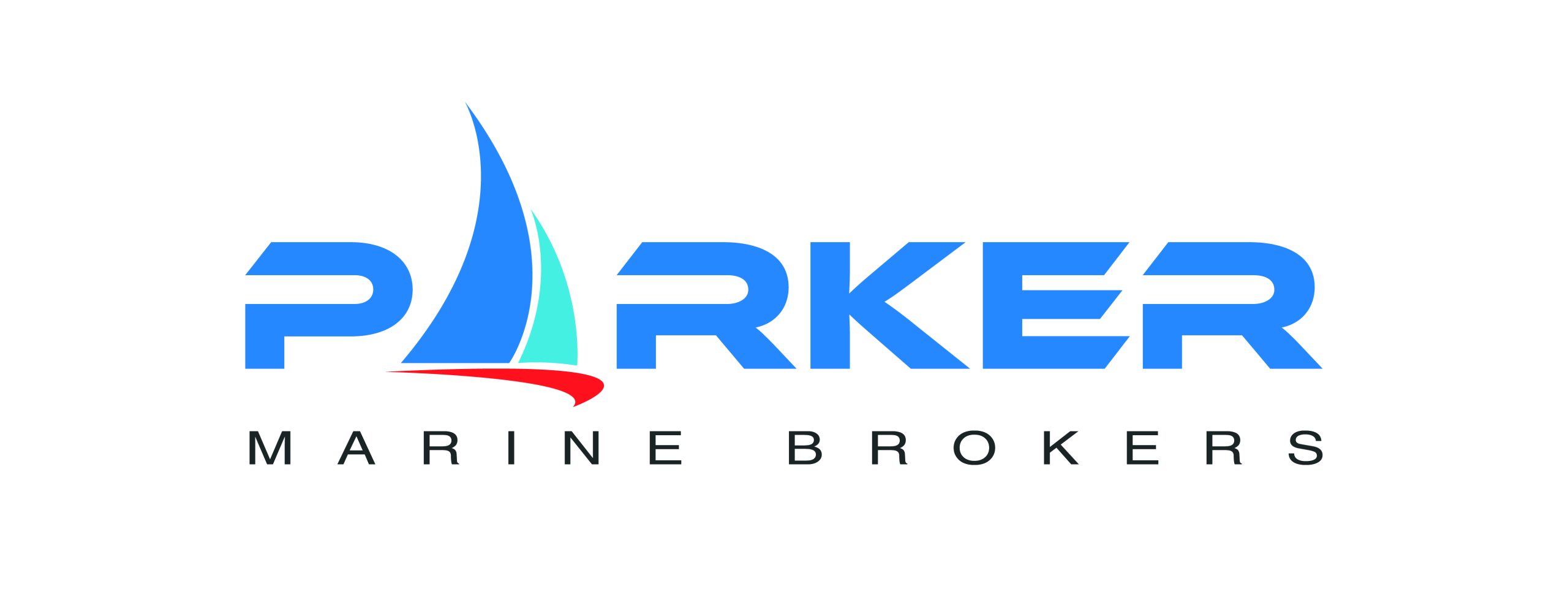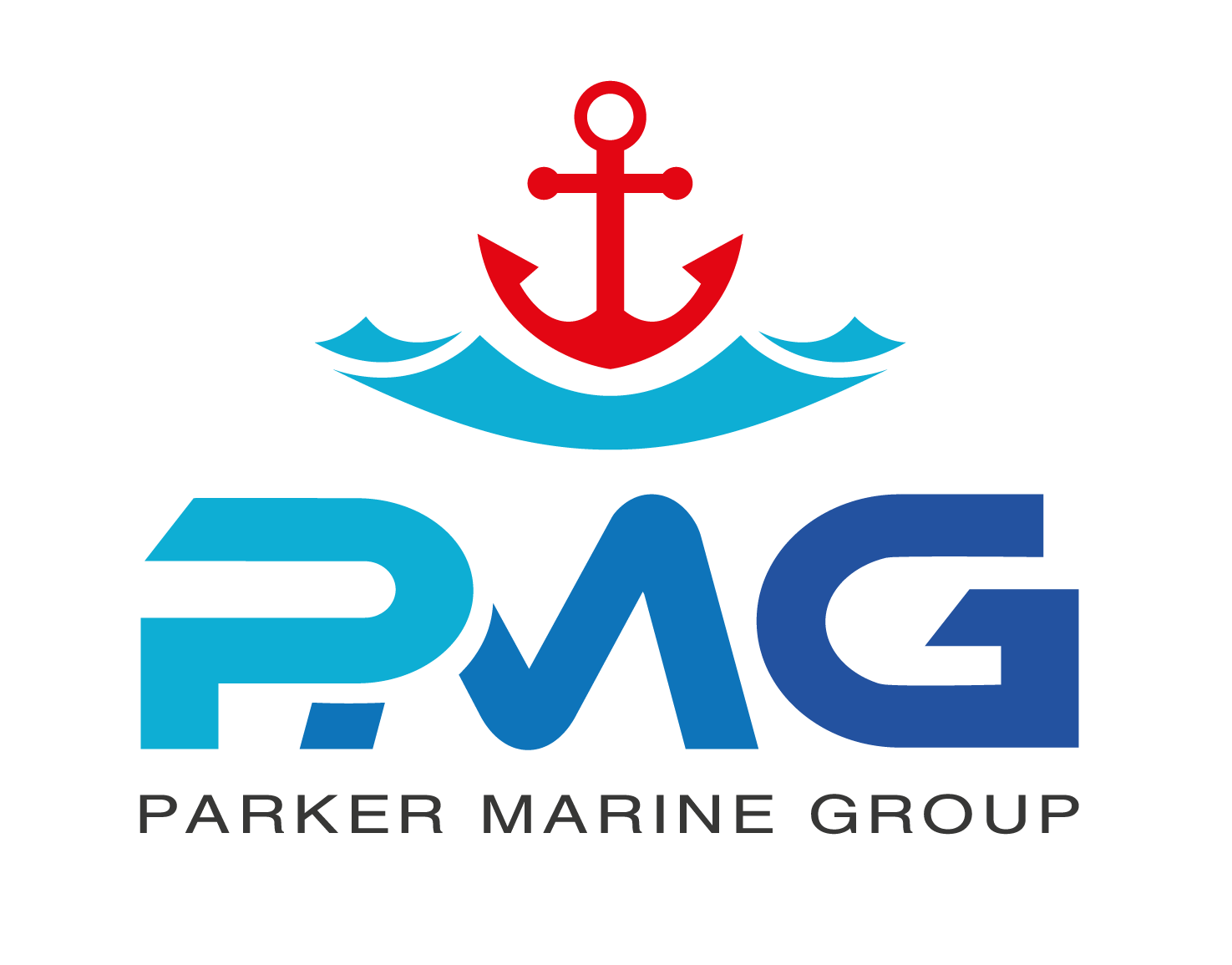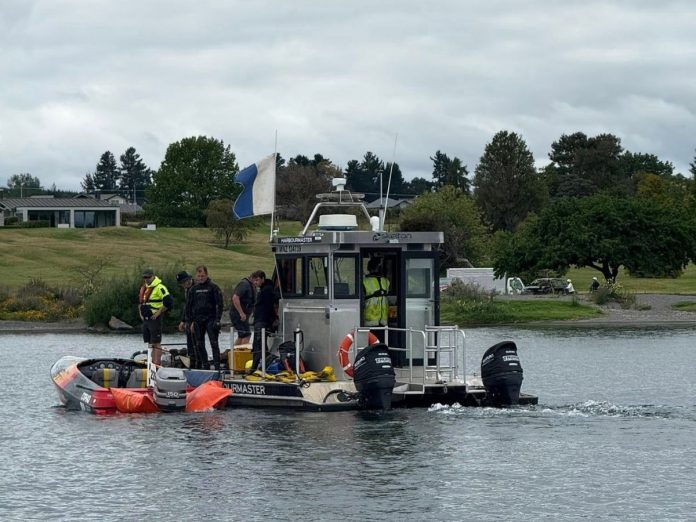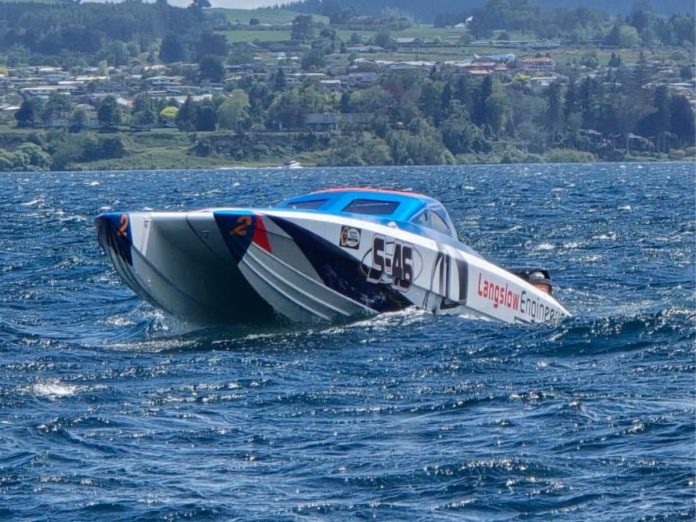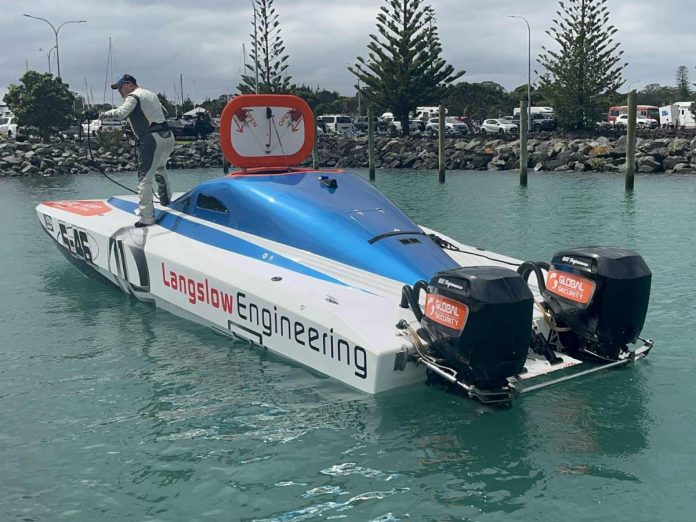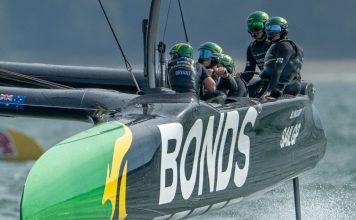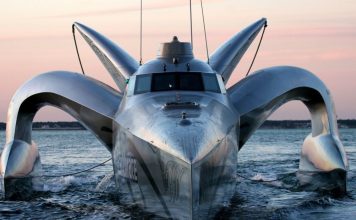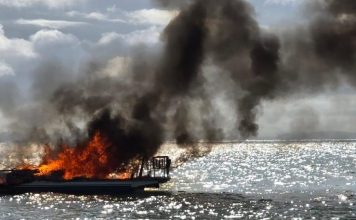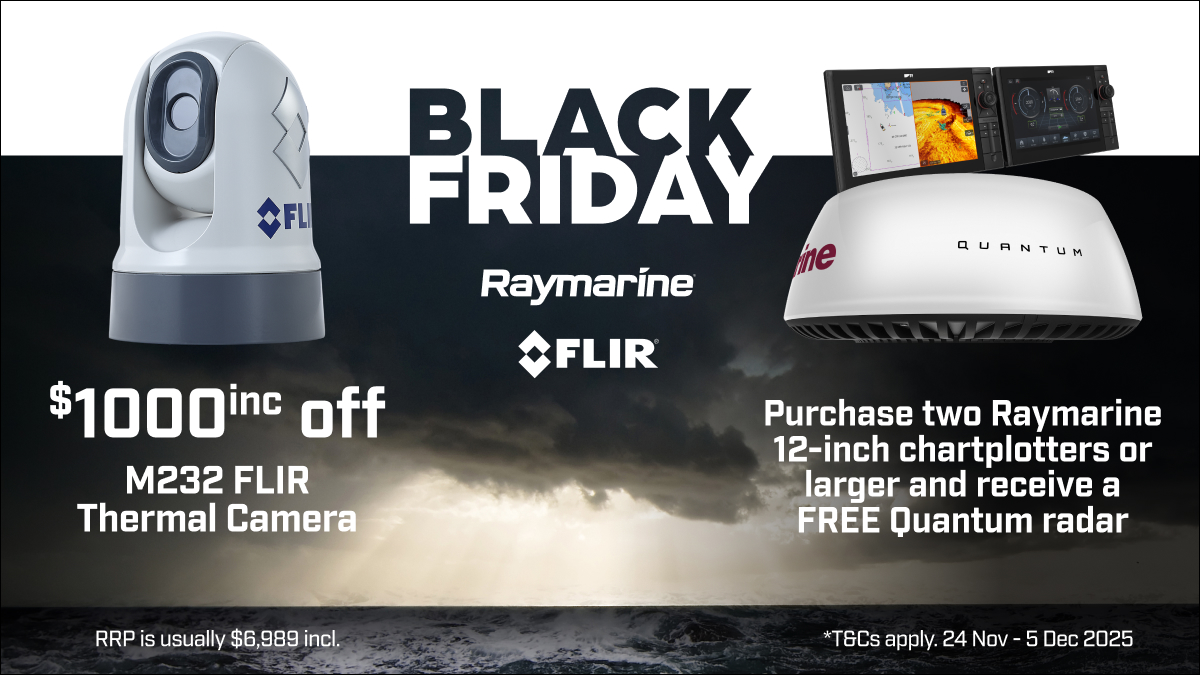Getting the balance of a boat right is perhaps the most critical element in improving real race performance.
Many of us get stuck-in playing with propellers and gear ratios looking for that extra bit of speed at the top end, but we forget to stop and smell the roses. Races are not won by those whose boats are the fastest craft on flat water in a straight line. You need to be able to drive the boat in all conditions, with the winner of a race being the driver/boat with the highest average speed measured throughout the race.

Improving average speed is a much more onerous task than improving top speed – one which takes plenty of time and development. A boat’s balance, both forward-aft and portstarboard, plays a critical role in how well it handles around a course. Take a look in the back of a race boat and you’ll see the weight is generally split to either side, with a battery to one side and oil bottle (if fitted) on the other. This is to ‘balance’ the boat. It’s something we all take for granted and presume to be, well, natural in setting up any craft. However, the role this plays in racing craft is even more important than in pleasure boats, as typically racecraft are already much lighter and therefore more susceptible to changes in weight distribution. Several racers go one step further and bring as much weight towards the centre of the hull as possible, and low in the hull as well, to further improve the boat’s balance. Moving the driver’s and co-driver’s seats closer together is another useful way of improving overall weight distribution.


Many competitors also spend a great deal of time moving the driving position forward or back to shift the weight distribution inside the hull around. Essentially, less weight forward equals less hull in the water, which means a smaller wetted area for reduced drag, which theoretically means increased speed. I say theoretically, as everything needs to be tested and proven every time because there will be a limit beyond which the boat’s drivability is affected.
Outboards can be fitted on setback brackets to shift weight further aft and achieve a similar outcome, but a potential downside of this is that the propeller ends up running 2.5cm deeper in the water for every 30cm of setback. One benefit, however, is the further back from a hull you set the propeller, the cleaner (less disturbed/aerated) the water will be for it to spin in.
Making small gains to your boat’s drivability/handling will yield improvements to your average speed that enhance your competitiveness around a course. BNZ












